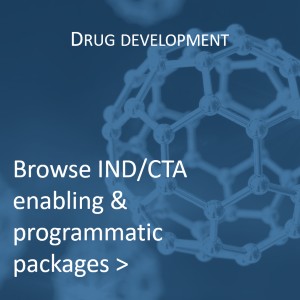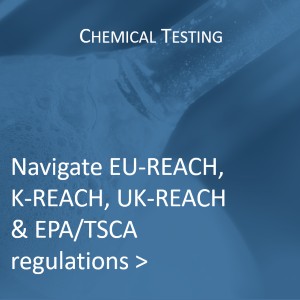Toxicity study: Embryo-fetal developmental
The objectives of the embryo-fetal developmental toxicity studies are designed to detect adverse effects on the pregnant female and development of the embryo and fetus consequent to exposure of the female from implantation to hard palate closure.
Aims of this study design are to determine whether enhanced toxicity occurs relative to non-pregnant females, and analyze the effects on embryo-fetal survival, fetal weight and fetal development. Variations in this study design include dose-range finding, preliminary and definitive embryo-fetal developmental toxicity studies.
Embryo-fetal development studies can be conducted in rodents and rabbits utilizing various routes of administration (dietary, oral gavage, subcutaneous, intravenous injection, dermal, etc.) to fit specific requirements.
Dose-Range Finding (DRF)
The dose-range finding study design is an abbreviated embryo-fetal development toxicity study, uitlizing a smaller sample size with the overall objective to determine maternal toxicity and a top tolerated dose level, and to ensure that a sufficient number of litters are present for robust analysis on the definitive study.
Fetal Evaluations
Fetal evaluations consist of fetal body weights and an external examination of variations and malformations. The definitive embryo-fetal developmental toxicity study is conducted per the ICH guidelines. This study follows the dose-range finding study and utilizes a robust sample size with full fetal evaluations, including external, visceral and skeletal examinations. In addition, toxicokinetics can also be assessed during the course of dose administration for appropriate exposure assessment.
Preliminary Embryo-Fetal Developmental Toxicity (pEFD)
A third type of assessment is the preliminary embryo-fetal developmental toxicity (pEFD) study as described in ICH M3(R2) and ICH S5(R3). The standard pEFD study design can support the inclusion in clinical trials of up to 150 Women of Child Bearing Potential (WoCBP) for up to 3 months. However, a slightly more robust design (enhanced pEFD; epEFD) conducted in two species can support inclusion of an unlimited number of WoCBP in clinical trials through Phase II clinical trials.
The epEFD is often used during the assessment of an oncology drug or suspected teratogenic compound.



